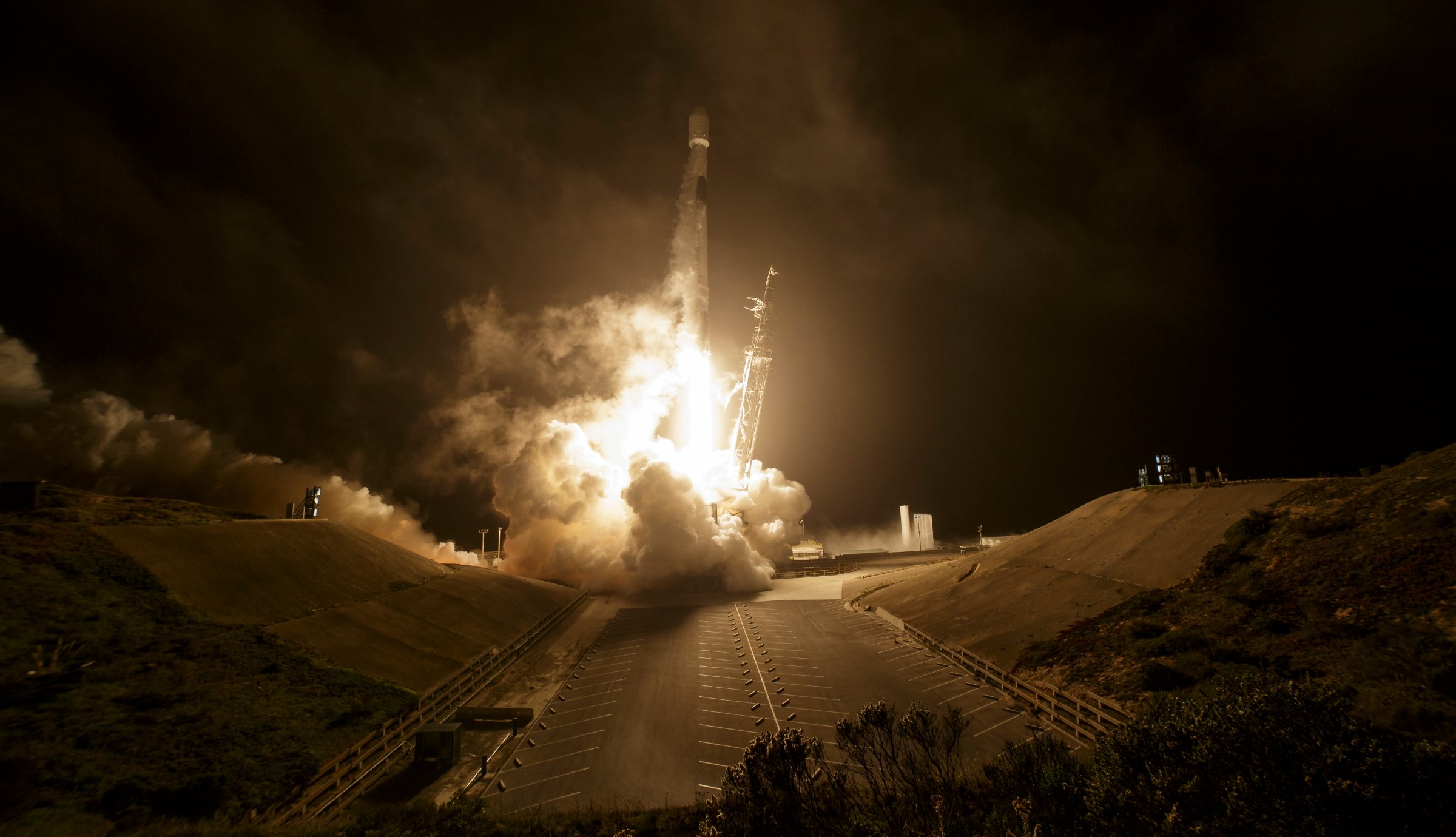
Dimorphos is easily one of the least interesting objects in the solar system. It’s a rock—a moonlet, really—measuring just 160 m (525 ft.) across, orbiting the asteroid Didymos, which itself measures only 780 m (2,560 ft). Located 11 million km (6.8 million mi.) from Earth, the Didymos-Dimorphos system is just one tiny part of the river of rubble that circles the sun in the asteroid belt between Mars and Jupiter.
But on Monday, Sept. 26 at precisely 7:14 p.m. ET, the attention of much of the astronomical community will be directed at Dimorphos. That’s the moment at which NASA’s DART spacecraft (short for Double Asteroid Redirection Test) will punch the moonlet in the nose—deliberately colliding with it at a speed of about 28,200 k/h (17,500 mph). The results of that cosmic crack-up could go a long way to determining how NASA and the world’s other space agencies can keep the planet safe from incoming asteroids: destroying or deflecting them before they can do the kind of cataclysmic damage that occurred when a 10 to 15 km (6.2 to 9.3 mi.) space rock crashed off the Yucatan Peninsula 65 million years ago, causing the global extinction event that spelled the end of the dinosaurs.
The risk to modern-day Earth is real. NASA’s Center for Near Earth Object Studies (CNEOS) keeps a running count of what it dubs near-Earth asteroids (NEAs), defined as space rubble that is not locked up in the asteroid belt, but circles the sun in an orbit that brings it within 45 million km (28 million mi.) of Earth. That would seem like a pretty safe miss distance, but there’s always a chance that some other piece of free-flying space debris could collide with an NEA, changing its course and sending it our way. According to CNEOS’s census, there are 855 known NEAs measuring at least 1 km (.62 mi.), and more than 10,000 that are at least 140 m (460 ft.) across. Overall, there are 29,801 known NEAs of all sizes in the CNEOS database.
More from TIME
Interception and deflection is our best defense against NEAs, and as a first test of the still unproven technique, NASA built DART and launched it towards the Didymos-Dimorphos pair on November 23, 2021. The spacecraft is actually two spacecraft. The main DART body measures 2.6 m (8.5 ft) across, and weighs 600 kg (1,320 lbs). Carried along with it is a small, toaster-sized spacecraft built by the Italian Space Agency (ISA), dubbed the Light Italian CubeSat for Imaging Asteroids (LICIACube). It is DART itself that will collide with Dimorphos; the job of LICIACube, which separated from DART on Sept. 11, is to fly nearby and take images of the moonlet before and after impact.
“We are working with ASI to get LICIACube to within 25 to 50 miles [40 to 80 km] of Dimorphos just two to three minutes after DART’s impact—close enough to get good images of the impact and ejecta plume, but not so close LICIACube could be hit by ejecta,” said NASA’s LICIACube navigation director Dan Lubey in a space agency statement.
LICIACube’s work will be important when it comes to gathering evidence about the kind of physical damage an impactor spacecraft can do to an asteroid. But the real indicator of the mission’s success will come in measurements of how dramatically DART changes the orbit of Dimorphos around Didymos. That will be determined by an array of Earth-based telescopes, including NASA’s Deep Space Network of radio telescopes in Barstow, Calif.; Madrid, Spain; and Canberra, Australia.
For now, NASA’s best guess is that DART will accelerate the moonlet’s 11.9-hour orbit around Didymos by several minutes. That seemingly small difference is actually very big, since even a slight change in the speed or trajectory of an asteroid when it is millions of miles from Earth could cause it to fly well wide of us when it finally reaches our planetary neighborhood.
Space has always been a dangerous place. The DART mission could help make it safer. Just how much safer will be known as soon as next week.
This story originally appeared in TIME Space, our weekly newsletter covering all things space. You can sign up here.
More Must-Reads from TIME
- Cybersecurity Experts Are Sounding the Alarm on DOGE
- Meet the 2025 Women of the Year
- The Harsh Truth About Disability Inclusion
- Why Do More Young Adults Have Cancer?
- Colman Domingo Leads With Radical Love
- How to Get Better at Doing Things Alone
- Michelle Zauner Stares Down the Darkness
Write to Jeffrey Kluger at jeffrey.kluger@time.com